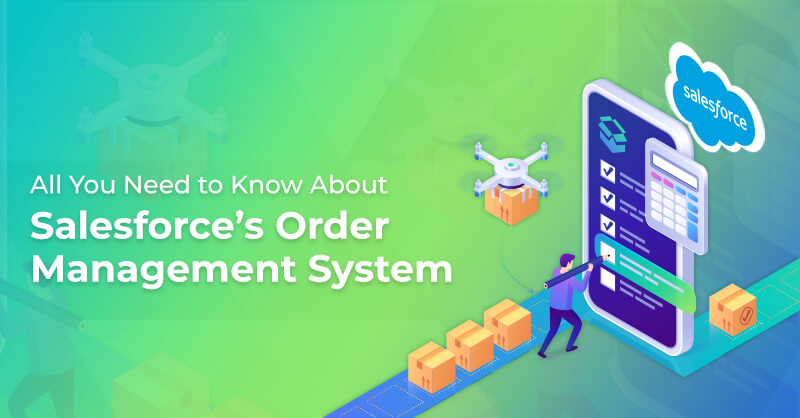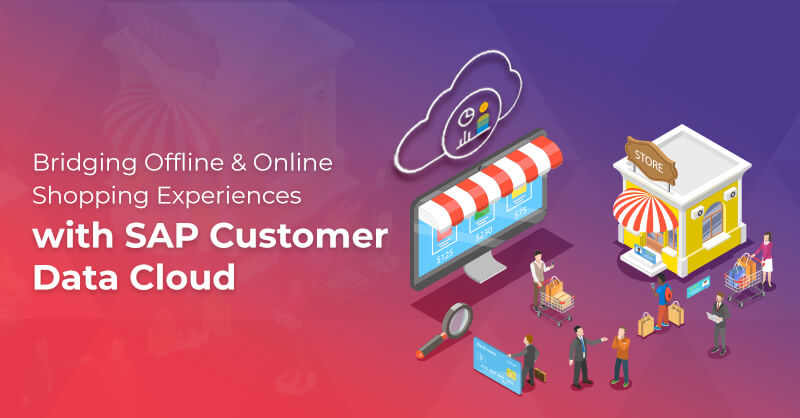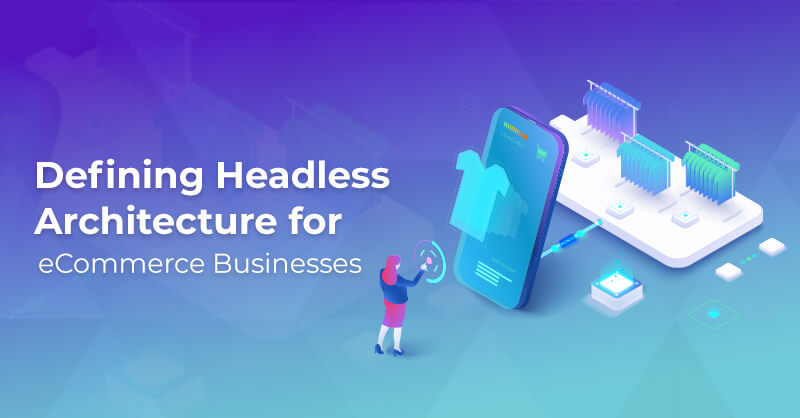Benefits of Implementing a Headless CMS for Enterprises
Written by Manpreet Kaur
Content WriterContent is an influential driving force for all enterprises. Every business organization must have a robust content management system that enables marketers to publish content and deliver seamless customer experiences across different platforms. Headless CMS for Enterprises generates new ideas with its agile content management and brings growth opportunities. In addition, it helps eCommerce businesses to deliver meaningful customer experiences by adapting to changing customer behaviours. Let’s dive deep to know how Headless CMS empowers businesses to make significant impacts.
What is A Headless Content Management System for Enterprises?
A Headless CMS for Enterprise is packed with dynamic features and functionalities to manage digital content. Some of its prime features include scalability, usability, security, and performance, to name a few. It enhances the API-first architecture and integrates with third-party tools to offer high-grade customization and analytics.
This Headless Content Management System manages content workflows, users, accessibility, and permissions. As the demand for customer-focused content increases, enterprises eagerly review their existing content management systems. Unfortunately, companies that deploy old solutions fail to deliver personalized digital experiences. Considering that, it’s the right time to switch to headless commerce to avail better solutions and manage content.
Why Businesses require a Headless CMS?
- Keep up with the Dynamic Digital Landscape: Customers are always on the onset to seek services that cater to their expectations. At the same time, the tools and technologies that fulfill those expectations also change regularly. Business professionals can choose the best tools and techniques to meet diverse use cases with a CMS for enterprises. In addition, it is simple to integrate the CMS with advanced frontend interfaces to deliver content across different channels.
- Enhance Productivity: Content marketers and web developers can effortlessly create and distribute content on multiple platforms with a Headless CMS. However, the technology deployed in the frontend applications evolves. Therefore, developers must have the optimal options to meet their development needs.
- Better Personalization: Enterprises often collect customer information and exploit it to create unique customer experiences that meet their requirements. Access to personalization and analytics tools ensures that a Headless CMS delivers customized content that the customers are looking for. In addition, take advantage of the localization strategy to tailor content depending on language and location preferences.
- Centralized Content Repository: A Headless CMS offers a centralized content repository that enables marketers to publish content across various channels. The content can be modified to different formats to be published on other channels. Content workflows make it easy to post content on platforms without hassles. The versioning feature keeps a version record of the content, allowing to quickly move to the previous versions when needed.
- Future-Proof Solution: A Headless CMS for Enterprise easily incorporates the changes introduced by new technologies without modifying the entire infrastructure, thereby saving resources, time, and effort.
Considerations for a Headless CMS for Enterprise Implementation
- Interoperability: Enterprise settings have different software solutions, and they store large amounts of information that need to be shared across the organization. However, the information is isolated in the application due to the unavailability of access permissions, making it difficult to reuse that information. The implementation of a Headless CMS offers the privilege to access and reuse the existing content at various levels in the organization.
- System Integrations: Headless CMS is highly sought-after because of its omnichannel content delivery. It does not limit the data to a particular channel or specify the details about how this data will be published. Thus, the data residing in the Headless CMS can be easily reused depending on the requirements. But how do you manage the existing data? Migration is an alternative, but it isn’t easy to turn off an existing system since different processes are dependent on it. A Headless CMS eliminates this cumbersome process by gathering data as smoothly as it publishes it.
- Security: The introduction of new technology is paired with rigorous security checks to keep the application secure. It is important to track security protocols to ensure an upright implementation of the Headless Content Management System for Enterprises. Some of them include:
Set up role-based Access Control
Support for Identity Provider
Security concerns for System Development
Implement Multi-factor Authentication and Password Policy
Backup Policy
API and Hosting Security
Benefits of a Headless CMS for Enterprises
- Data Analysis: Enterprises should have complete visibility of the critical data to help control the operations, achieve efficiency, and increase customer interactions. The API-first nature of the CMS for Enterprises provides ways to extract data and gain valuable insights from various channels. Businesses can evaluate their operations against key performance indicators, allowing them to understand customer engagement and how it can be changed to deliver better services.
- Quick Development: The Headless CMS allows enterprises to communicate and collaborate with their peers to manage processes such as updating existing content, launching new products, services, and designing new website pages for campaigns. For example, when an enterprise needs to launch a new product, the content team can begin content creation without waiting for the developers to create the content template. Thus, the professionals can accomplish their tasks in the allocated time, speeding up development.
- Flexibility: A Headless CMS has different head and body modules; the frontend and backend do not work together. When the backend encounters technical glitches, it does not impact the frontend. Therefore, the downtime of the website is reduced to zero. At the same time, the Headless CMS deploys microservices proficiently, decreasing the chances of failure.
- Omnichannel eCommerce: Customers use multiple channels to make purchase decisions. Thus, creating a smooth customer experience across all engagement points is essential. Therefore, every business aims to increase traffic with a versatile eCommerce solution to fulfill the customers' demands. Here’s when headless eCommerce comes into the picture. Since the frontend and backend are siloed, managing all the touchpoints is easy. Users can make changes to these touchpoints when required without slowing down the system. This structural flexibility of Headless eCommerce enables enterprises to use sales and marketing tactics that work across multiple channels.
Conclusion
Headless eCommerce is powering the future generations of business. Implementing a Headless CMS helps enterprises expand exponentially with increased flexibility and scalability. In addition, it significantly streamlines web content management and distribution, allowing the reusage of content. Royal Cyber can help to implement a flexible Headless CMS to streamline omnichannel businesses and prioritize customer experiences. Our certified Headless CMS experts offer a straightforward implementation that drives results, get in touch with us to know how we can successfully transform your business.



